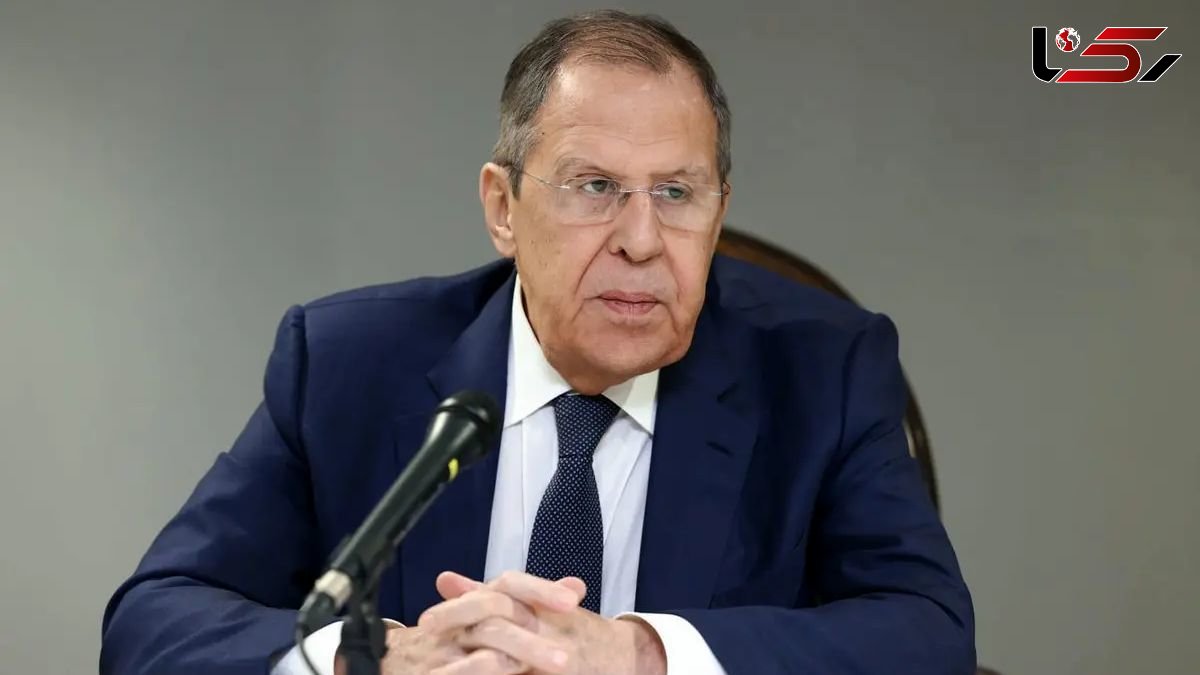Decoding Lavrov and Wendy Sherman’s Claims on the “Snapback” Mechanism: Zarif’s Initiative or Lavrov’s Proposal?
Rokna Political Desk: Russia’s Foreign Minister, Sergey Lavrov, sparked controversy by claiming that the “snapback” mechanism was the initiative of former Iranian Foreign Minister Mohammad Javad Zarif, stating that Iran and the United States decided on the matter bilaterally, while other countries merely observed. But is this claim accurate?

Lavrov asserted that the snapback was Zarif’s creation, and even Russia was surprised by it.
According to Rokna, in an interview on the sidelines of the Arab-Russian summit, Lavrov explained:
During the presidency of Hassan Rouhani, former Iranian Foreign Minister Zarif said that Russia had previously undermined efforts to revive the nuclear deal. Lavrov responded by confirming that Russia has consistently honored its international legal commitments, including providing Iran with the military and technical equipment it requires, such as S-400 systems and Sukhoi fighter jets, all within the framework of international law.
Regarding Zarif’s claims, Lavrov stated: “For years, we worked closely on the Joint Comprehensive Plan of Action (JCPOA) to resolve the issue of Iran’s nuclear program. The final decision on the JCPOA was directly taken by Zarif and John Kerry, then U.S. Secretary of State. Other participants were, in fact, observers of the agreement between Iran and the U.S.”
He continued: “Russia has never deviated from its consistent support for the nuclear deal, including UN Security Council Resolution 2231. I am not exactly sure what Zarif meant, but a few days later, when Western countries staged what I call an ‘illegal and scandalous show’ at the UN Security Council, claiming that UN sanctions on Iran had automatically returned, they used the mechanism known as ‘snapback.’ This mechanism is unique in Security Council decisions: it allows any party to unilaterally reactivate sanctions, and no one can prevent it. This provision was agreed directly between Zarif and Kerry during the final stages of negotiations.”
Lavrov added: “Frankly, we were surprised by this. But if our Iranian partners agreed to such a formula — which, frankly, was a legal trap — we had no reason to oppose it. I understand why Zarif supported this unusual formula: Iran did not intend to violate the agreement and was confident that no one would accuse it of breaching the JCPOA. However, what happened was that Iran did not violate the deal; rather, the U.S. withdrew, and European countries also failed to fulfill their obligations. Subsequently, they resumed demanding new concessions from Iran. Since you mentioned Zarif, I must say this mechanism was largely his creation.”
However, this claim contrasts with statements by Wendy Sherman, the U.S. lead negotiator for the JCPOA. In her memoir, Fear Is Failure: Lessons on Courage, Power, and Persistence, Sherman notes that the inclusion of the snapback mechanism — or the reinstatement of UN sanctions against Iran — was one of the final and most difficult parts of the negotiations, which Lavrov resolved.
According to Sherman, if Iran were to violate the agreement, international sanctions would automatically be reinstated. The P5+1 countries were reluctant to go through the cumbersome process of adopting a Security Council resolution again. Russia, meanwhile, did not want the snapback process to occur outside the Council, which would have negated its veto power.
Sherman explains: “In the end, Lavrov helped devise an innovative solution: any P5+1 member who believed Iran had violated the deal could request a vote in the Security Council. The draft resolution presented for a vote was essentially a confirmation — affirming the continuation of the suspension of sanctions. Under this arrangement, each country could exercise its veto, yet any member, including the U.S., could act unilaterally to reinstate sanctions.”
Sherman emphasizes that, under this mechanism, UN sanctions were not canceled but merely suspended.
Send Comments